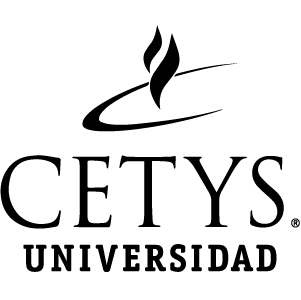https://repositorio.cetys.mx/handle/60000/651| Campo DC | Valor | Lengua/Idioma |
|---|---|---|
| dc.contributor.author | López-Leyva, Josué Aarón | - |
| dc.contributor.author | Talamantes-Álvarez, Ariana | - |
| dc.contributor.author | Ponce Camacho, Miguel Ángel | - |
| dc.contributor.author | Meza Arballo, Óscar | - |
| dc.contributor.author | Valadez Rivera, V. | - |
| dc.contributor.author | Casemiro-Oliveira, Leiva | - |
| dc.contributor.other | CETYS Universidad | es_ES |
| dc.date.accessioned | 2020-04-14T22:36:34Z | - |
| dc.date.available | 2020-04-14T22:36:34Z | - |
| dc.date.issued | 2019 | - |
| dc.identifier.issn | 1617-7975 | - |
| dc.identifier.uri | https://doi.org/10.1007/978-3-030-24892-5_6 | - |
| dc.description.abstract | The industrial sector requires to improve the quality of processes to increase competitiveness. In addition, interconnectivity has seen a huge development based on teamwork related to hardware and software, which is the basis of Industrial Internet of Things (IIoT) vision. In this context, the automation pyramid concept defines the integration of relevant technologies, based on several hierarchical levels of automation, that working correctly together can improve the quality of processes without high-end hardware and software requirements. Therefore, it is important to clarify the relationship between all levels of automation in the IIoT context, emphasizing that the backbone of the IIoT is the optimal design and implementation of hardware and software based on real constraints for particular users; in order to increase the level of effectiveness and competitiveness. This chapter presents the real constraints for IIoT projects related to the state of the art of each level of automation of the automation pyramid. It also proposes the general minimum requirements necessary to develop an optimum IIoT system. These minimum requirements will promote the use of optional hardware and software to relax the design and implementation of IIoT projects based on cost-effectiveness analysis. Finally, the minimum requirements proposed and the detail description of the logical topology for IIoT projects can be used as a roadmap to increase the industrial competitiveness based on efficient use of resources. | es_ES |
| dc.language.iso | en | es_ES |
| dc.rights | Atribución-NoComercial-CompartirIgual 2.5 México | * |
| dc.rights.uri | http://creativecommons.org/licenses/by-nc-sa/2.5/mx/ | * |
| dc.subject | IoT | es_ES |
| dc.subject | IIot | es_ES |
| dc.subject | Automation pyramid | es_ES |
| dc.subject | Constraints | es_ES |
| dc.subject | Cost-effectiveness | es_ES |
| dc.subject | Competitiveness | es_ES |
| dc.subject | Logical topology | es_ES |
| dc.subject | Monitoring flow | es_ES |
| dc.subject | Control flow | es_ES |
| dc.subject | Optimal design | es_ES |
| dc.subject | Minimum requirements | es_ES |
| dc.title | The internet of things in the industrial sector | es_ES |
| dc.type | Book chapter | es_ES |
| dc.subject.sede | Sistemas | es_ES |
| dc.publisher.editorial | Springer | es_ES |
| dc.title.chapter | Industrial IoT projects based on automation pyramid: constraints and minimum requirements | es_ES |
| Aparece en las colecciones: | Capítulos de Libro | |
Este ítem está protegido por copyright original |
Este ítem está sujeto a una licencia Creative Commons Licencia Creative Commons


